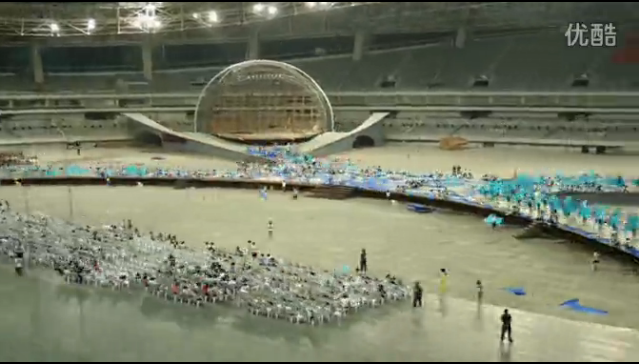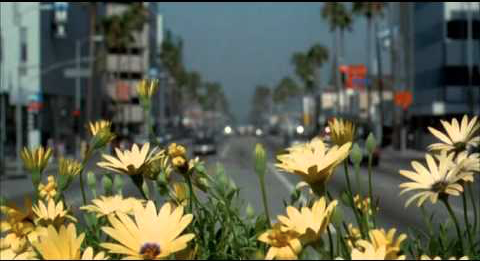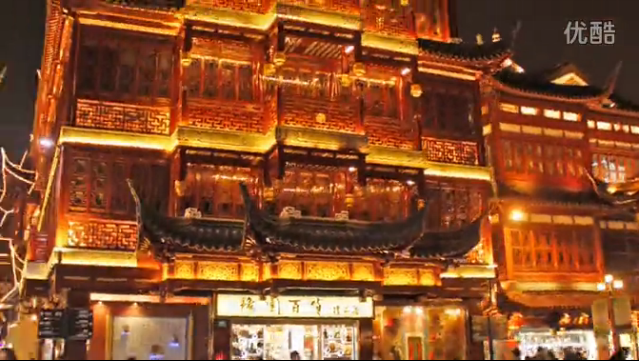A quiet few weeks at LP Films? Far from it…just nothing we can talk about right now (keep your eyes on our blog, wechat and Facebook though). There’s plenty of running around, with multiple crews running on some days. We’ve seen the team on shoots down in Guangdong and more recently Macau, where we soaked up some good fortune under the warm glow of the casinos. Meanwhile, back at the office our pre-production team has been working tirelessly on new creative content for clients, whilst the post-production team has been polishing off some stellar commercial shoots. And all this to the sound of pop sensation Selina Gomez, who is a recent favorite of at least one British staff member…
…but which Brit?
Today we’re getting ready to rig one of our infamous Black Boxes…which just happen to be yellow. This is one of the many systems we’ve developed over the years to help us shoot timelapse footage. We’re getting it ready today for a 4 day shoot, but we’ve previously used it for one which lasted several months.
Black Box modeled by Nate Wang
Timelapse is the familiar process speeding up time on film. Traditionally, film is shot at 24 frames per second, which mimics human vision. Time lapse film runs much slower – maybe one frame per second, one per minute or one per hour. When played back at 24 frames per second, it can condense days, weeks or even years into a matter of minutes. The process is believed to have first appeared in cinema in 1987 in Georges Méliès Carrefour de l’Opéra (one of his many ‘lost films’) Since then, it has become common in everything from film (like Godfrey Reggio’s Qatsi trilogy) to nature documentary (like BBC’s Planet Earth) to commercials.
Head of Post-Production Nate Wang loves the timelapsed opening sequence of Lost In Hong Kong 港囧 (Xu Zheng, 2015), which he describes as, “a beautifully ambitious collision of day and night told through great editing.” Creative Planner Matthew Baren loves the motion timelapse in Requiem For A Dream (Darren Aronofsky, 2000) which captures its drug-addicted lead character frantically cleaning her apartment and utterly lost, whilst cinematographer Andrej Iliev prefers the simplicity of a flower blooming at the end of Adaptation. (Spike Jonze, 2002)
end scene from Adaptation. (2002)
How do we use it here at LP Films? We’ve built a reputation for delivering high-quality timelapse sequences. We are able to handle a variety of technical requirements, through capture, processing and delivery. But we also believe in finding the best solution creatively. For some shoots, this means rigging fixed systems like the Black Box, which is designed to endure all kinds of weather for long periods without compromising the shot. We’ve also worked with shorter motion timelapses, with a crew moving the camera slowly over a short distance.
 Special Olympics hyperlapse (2007)
Special Olympics hyperlapse (2007)
We are also fans of hyperlapse. Similar to motion timelapse, this involves moving the camera whilst the timelapse is taking place, but over a much longer distance. We first used this technique back in 2007 as part of our legacy documentary for Special Olympics. The shot traveled around Shanghai Stadium and took four hours to complete. Whilst stabilisation was initially an issue, the final result was spectacular. We’ve since used hyperlapse on a number of projects, including our Shanghai Expo 2010 film.
Check out our portfolio, or take a look at our hyperlapse trailer for a taste of what we’ve shot.







